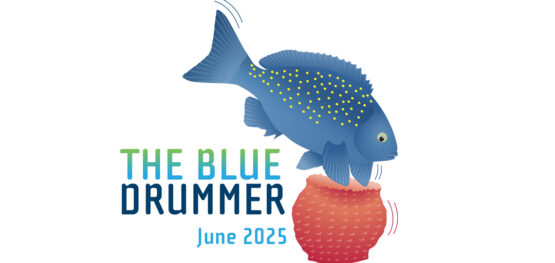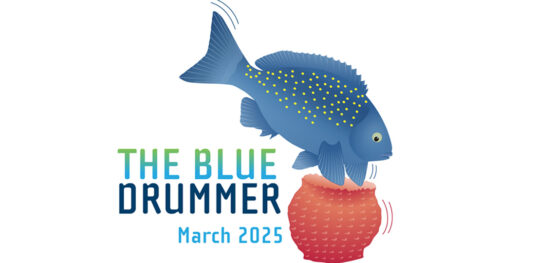Newsletter
9 September 2025
Welcome to the September 2025 issue of The Blue Drummer, the newsletter of the National Environmental Science Program Marine and Coastal Hub.
This month's stories highlight the value of data and data collectors.
A 50-year ‘citizen science' dataset continues to provide insights to support the long-term survival of migratory shorebirds along the East Asian–Australasian Flyway. Also, a 50-year aerial survey of the ‘western' southern right whale population provides data essential to monitoring the status and recovery of this species. Satellite tagging of four southern right whales off Encounter Bay, SA, has added a rare view of their movements beyond this small coastal calving ground.
In NSW, scuba divers surveyed hundreds of grey nurse sharks to enable new genetic and population analyses. These contributed to an updated assessment of the number of adult sharks in the eastern population. Also in the east, researchers are surveying fish and seabed communities at 300 sites across Hunter Marine Park off NSW. Further south, instruments deployed from CSIRO's RV Investigator collected an eDNA library for offshore waters between Tasmania and NSW.
In northern Australia, a hub team has spent hundreds of hours creating the first overview of reefs boundaries across the region. Another team spent two weeks with rangers in Kakadu National Park, placing more than 60 cameras, setting bait stations, and conducting aerial surveys to help develop a management strategy for feral pigs.
We're seeing growing Indigenous participation in research leadership and data collection. This was evident across the breadth of activities at the Australian Marine Sciences Association 2025 conference. The developing National Indigenous Environmental Research Network will only strengthen this leadership.
We hope you enjoy reading more about all these activities.
Yours sincerely,
Alan Jordan, Marine and Coastal Hub southern node leader
Damien Burrows, Marine and Coastal Hub northern node leader
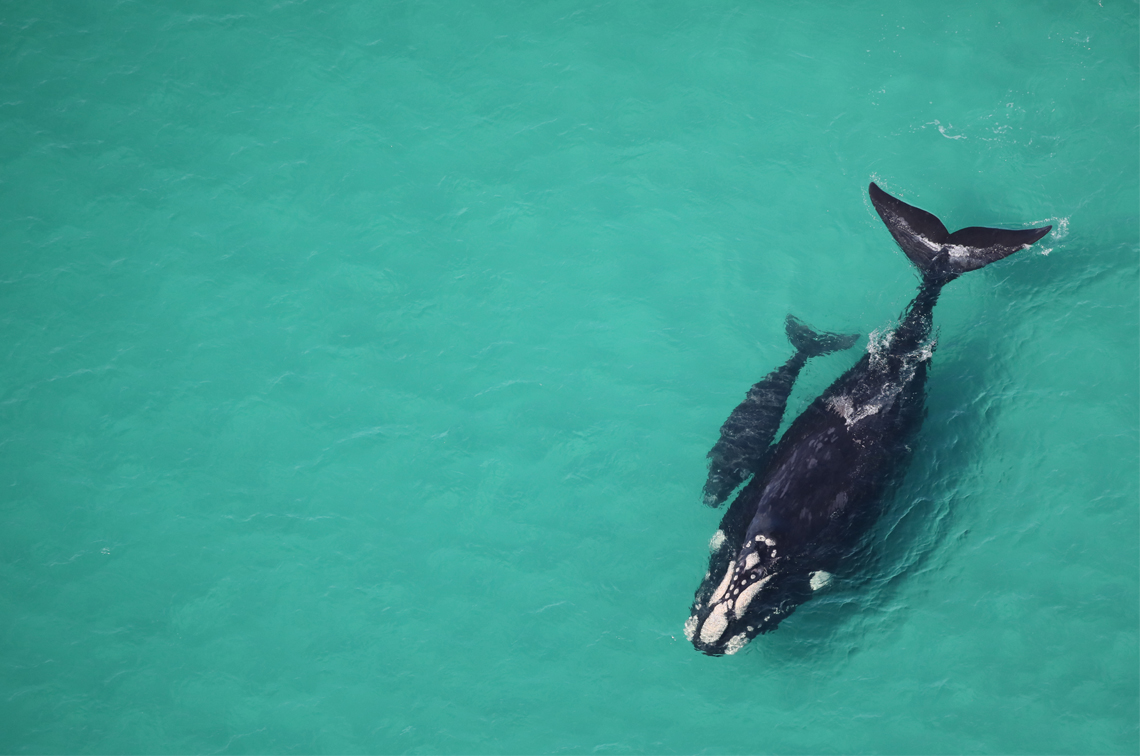
Southern right whale: 50 years of aerial surveys
This ‘StoryMap' marks 50 years of southern right whale aerial surveys across coastal Western Australia and South Australia. The sustained commitment of a dedicated team of professionals has been central to tracking the species' post-whaling ups and downs.
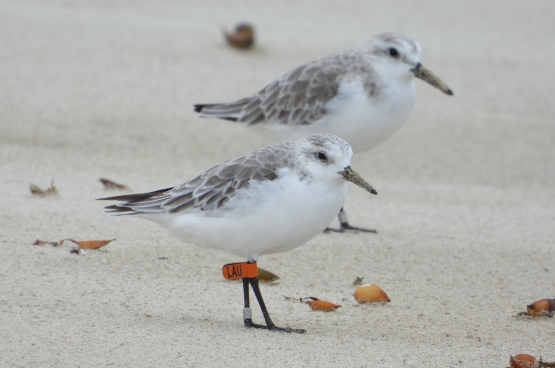
Protecting shorebirds on their travels
A 50-year dataset is providing insights to support the long-term survival of migratory shorebirds along the East Asian–Australasian Flyway.
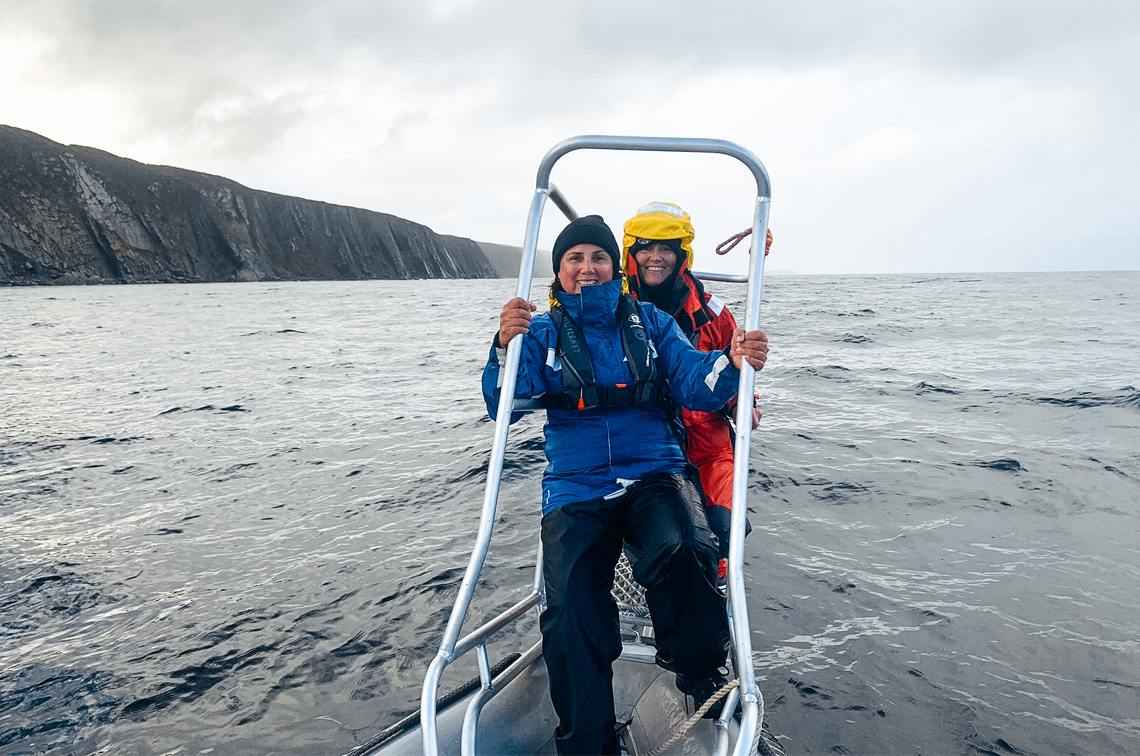
Tracking risks to southern right whales
Four southern right whales satellite tagged at Encounter Bay on the Fleurieu Peninsula have given a rare view of migration pathways beyond this pivotal coastal calving ground.
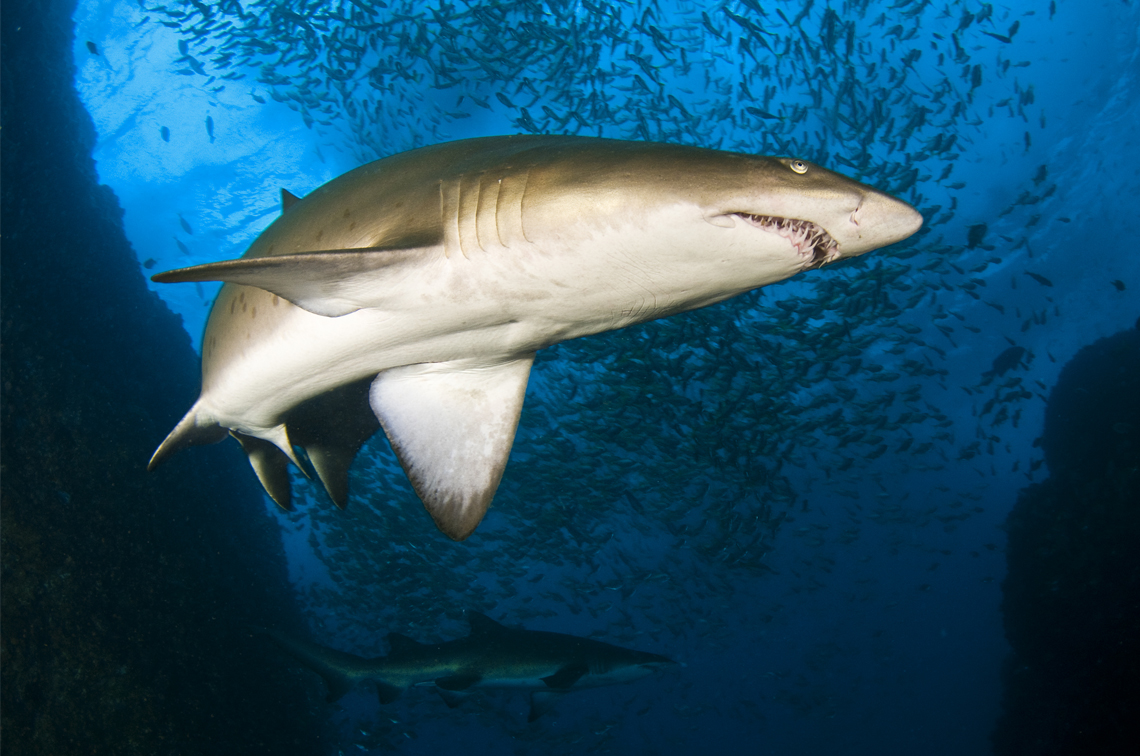
Slow rise in eastern grey nurse shark numbers
Advanced genetic and statistical research based on a breadth of new sampling data suggest this Critically Endangered population is on a slow road to recovery.
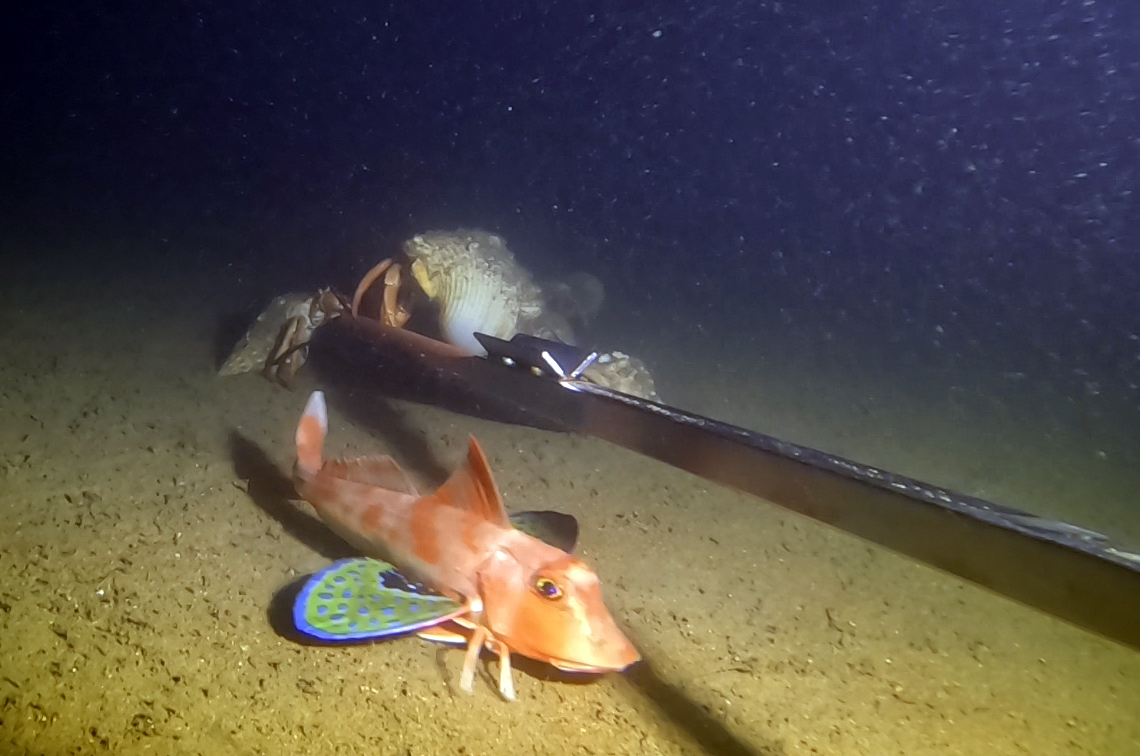
First sweep of the shelf at Hunter Marine Park
It's a wonderful world of fiddler rays, catsharks, Port Jackson sharks, hermit crabs, leatherjackets, bellowfish, lobsters, nannygai, serpent eels, sea whips, wobbegongs and snappers.
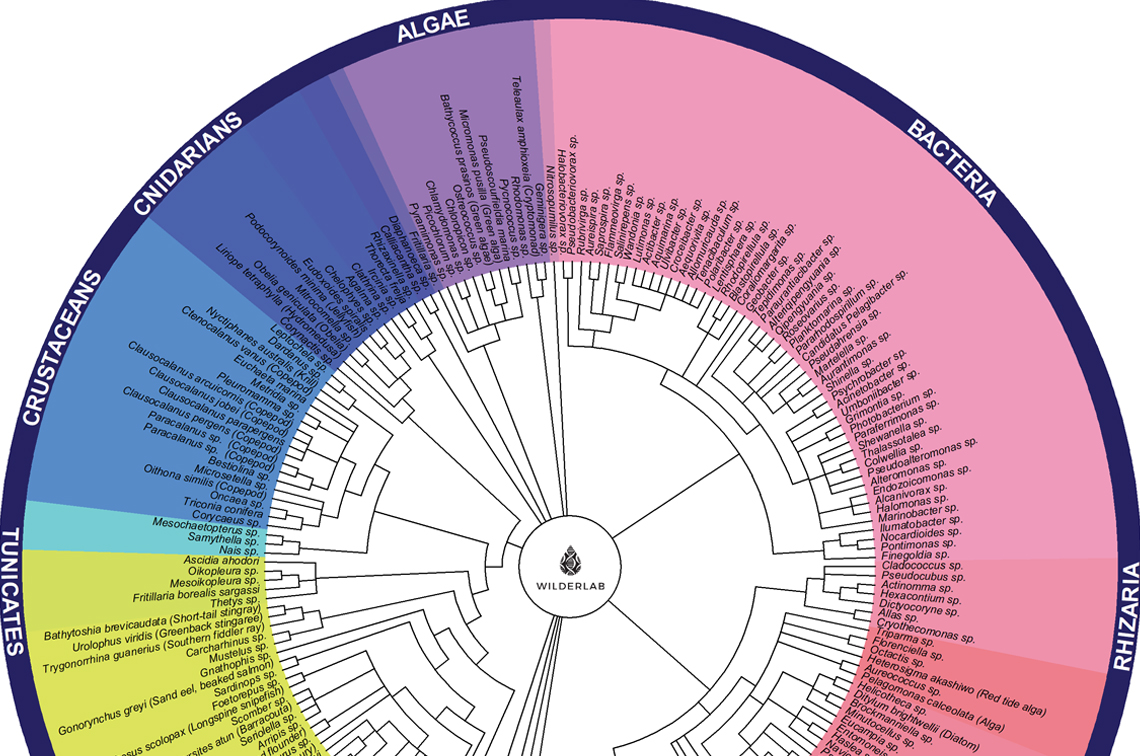
Monitoring ocean life through DNA
This project paired eDNA sampling with trawling and the deep-tow camera on RV Investigator voyages between Tasmania and New South Wales.
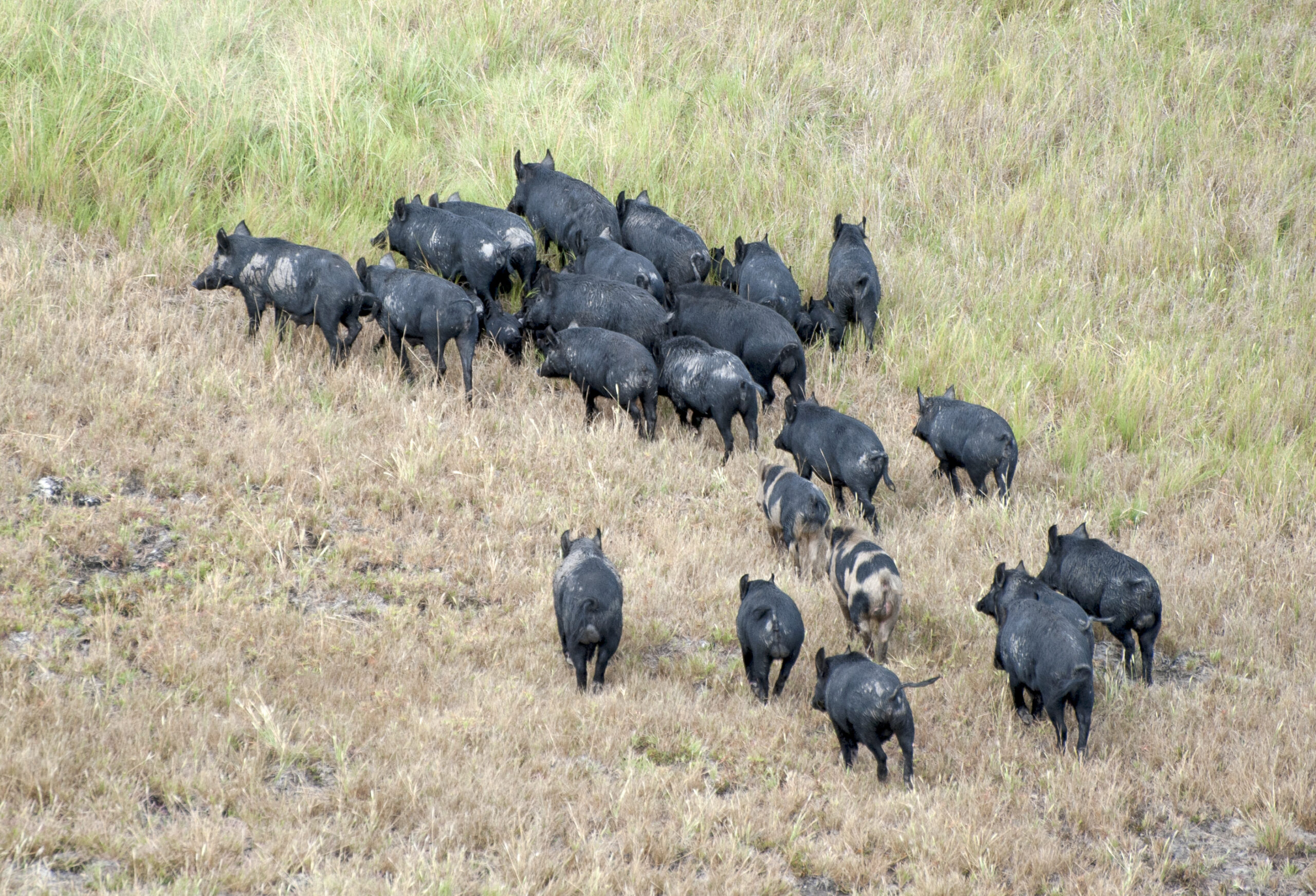
Scaling up feral pig control
Researchers and rangers have been deploying cameras, setting bait stations, and conducting aerial surveys in Kakadu National Park. It's all part of the plan to scale up effective integrated pest management.

Putting reefs on the map in northern Australia
After 700 hours of manual mapping and classifying reef boundaries, this project has compiled the first comprehensive view of northern reefs, plus a raft of related datasets.

Indigenous researchers stand tall at AMSA 2025
Indigenous participation at this premier marine science event continues to flourish. More than 20 presentations at this years' event showcased Indigenous leadership in sea Country research.
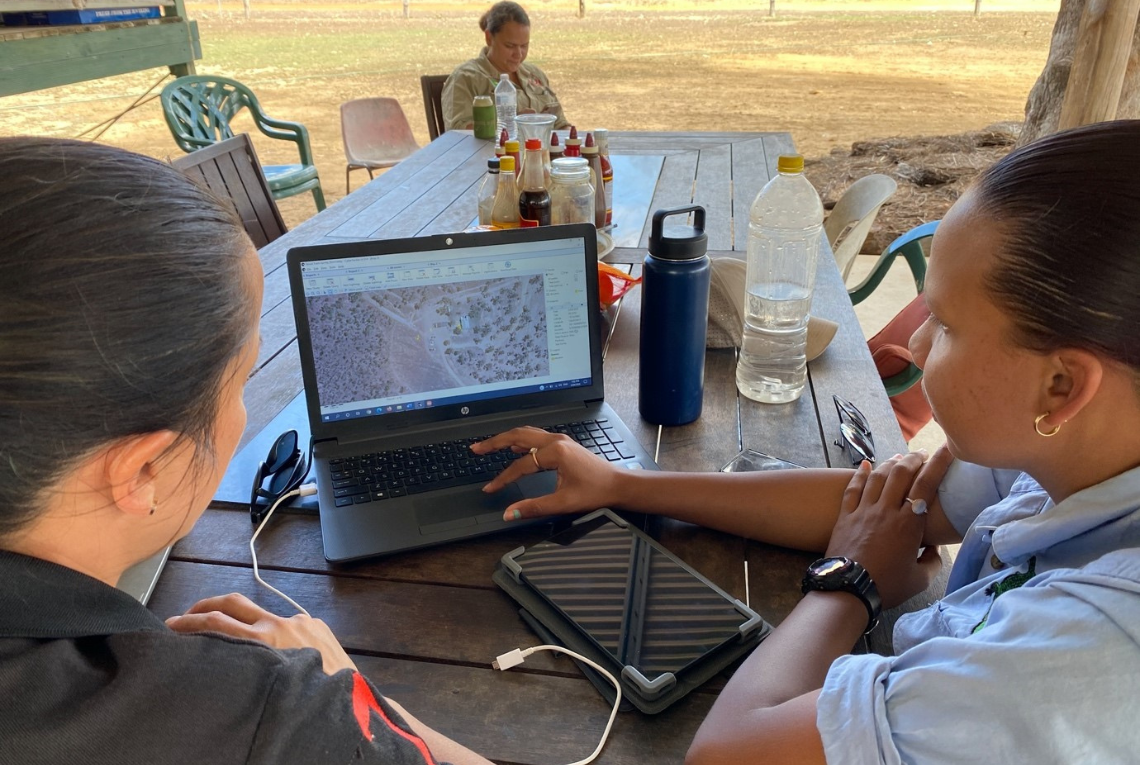
Strengthening Indigenous research leadership
In the past year, more than 300 participants have joined initiatives to co-design the National Indigenous Environmental Research Network. Their vision is close to being realised.
Publications
- Marine and Coastal Hub 2025 research overviews (fact sheets)
- Marine and Coastal Hub offshore wind farm environmental research update, September 2025 (newsletter)
- Aerial survey of the Australian southern right whale (Eubalaena australis) ‘western’ population and development of AI for photo-identification (technical report)
- Eastern grey nurse shark, Carcharias taurus, population abundance and trend (technical report)
- Satellite tagging reveals movements and occupancy patterns of southern right whales in southern Australian waters and the southern ocean (conference poster)
- Opportunities for targeted, small-scale law reform in marine and coastal restoration (journal article)

